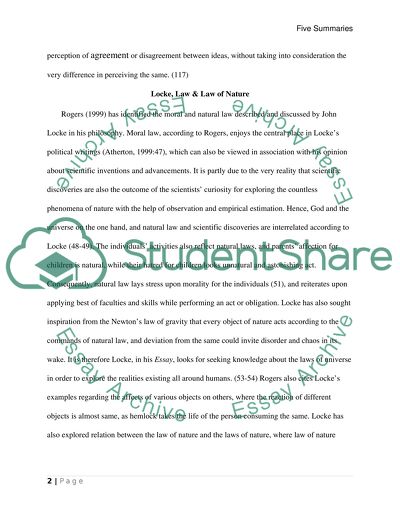Cite this document
(“Relations between Knowledge and Reality Essay Example | Topics and Well Written Essays - 2250 words”, n.d.)
Retrieved from https://studentshare.org/philosophy/1442031-phre
Retrieved from https://studentshare.org/philosophy/1442031-phre
(Relations Between Knowledge and Reality Essay Example | Topics and Well Written Essays - 2250 Words)
https://studentshare.org/philosophy/1442031-phre.
https://studentshare.org/philosophy/1442031-phre.
“Relations Between Knowledge and Reality Essay Example | Topics and Well Written Essays - 2250 Words”, n.d. https://studentshare.org/philosophy/1442031-phre.


